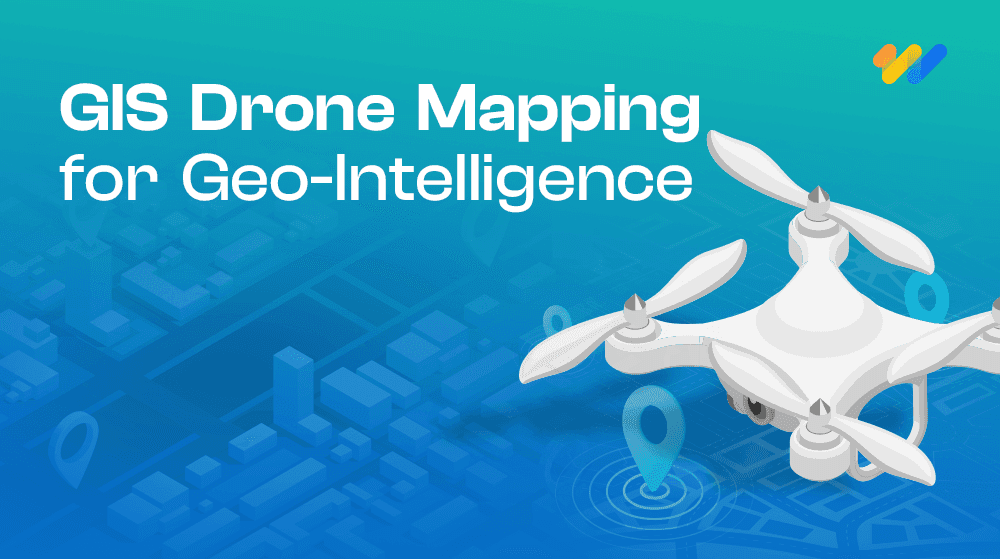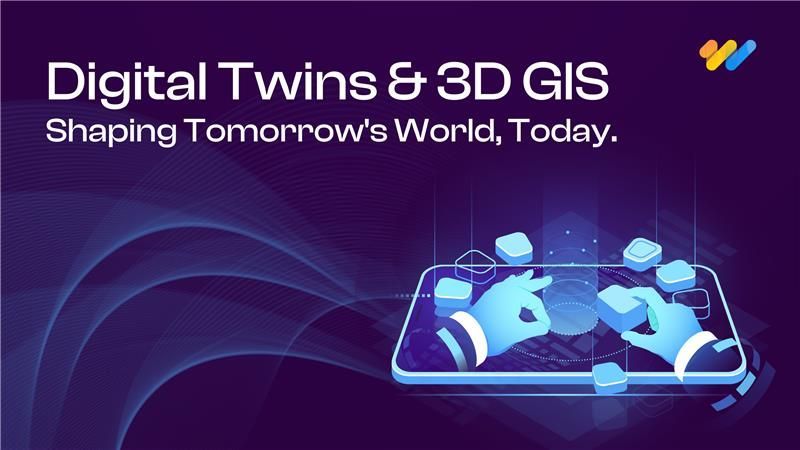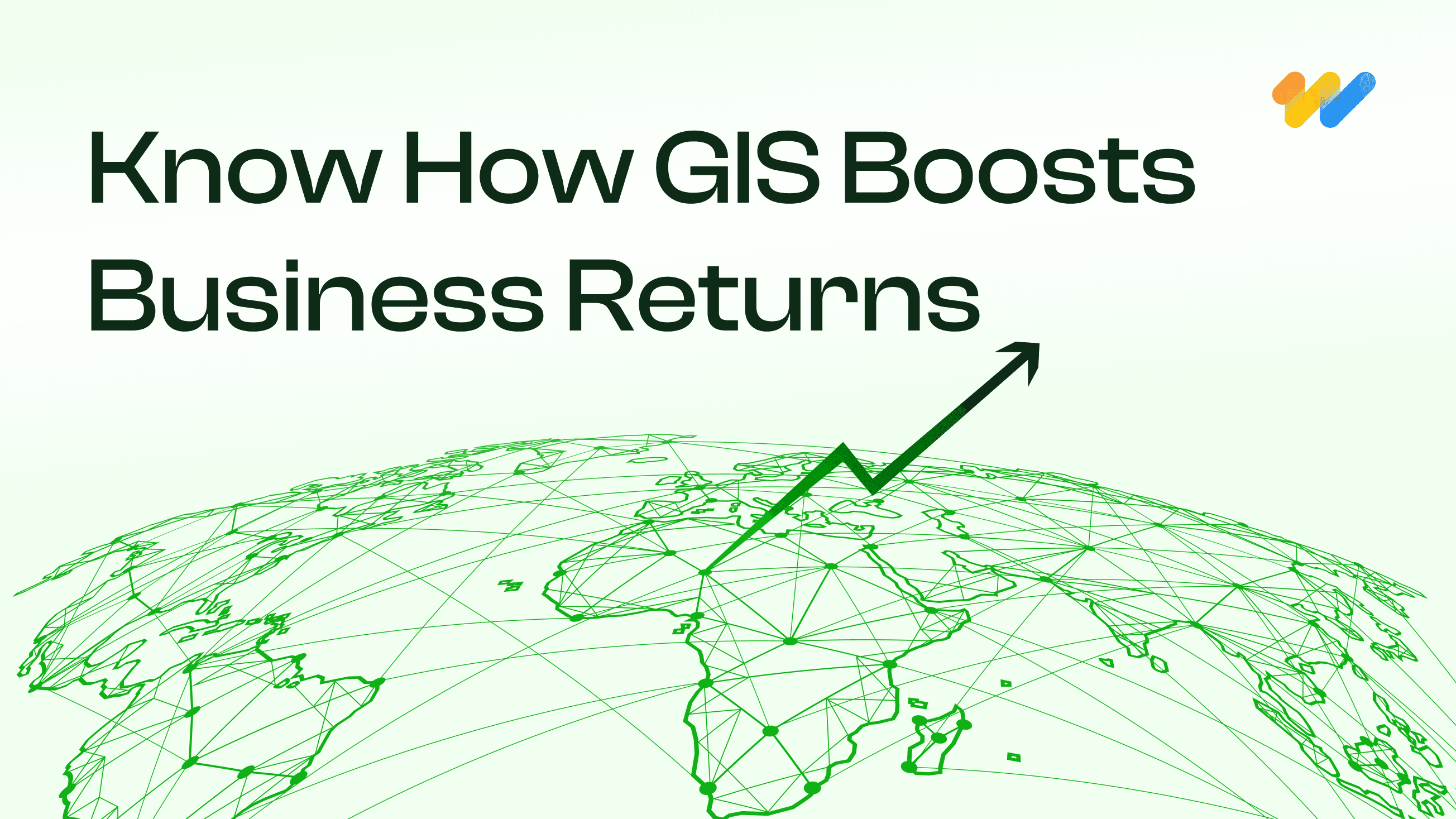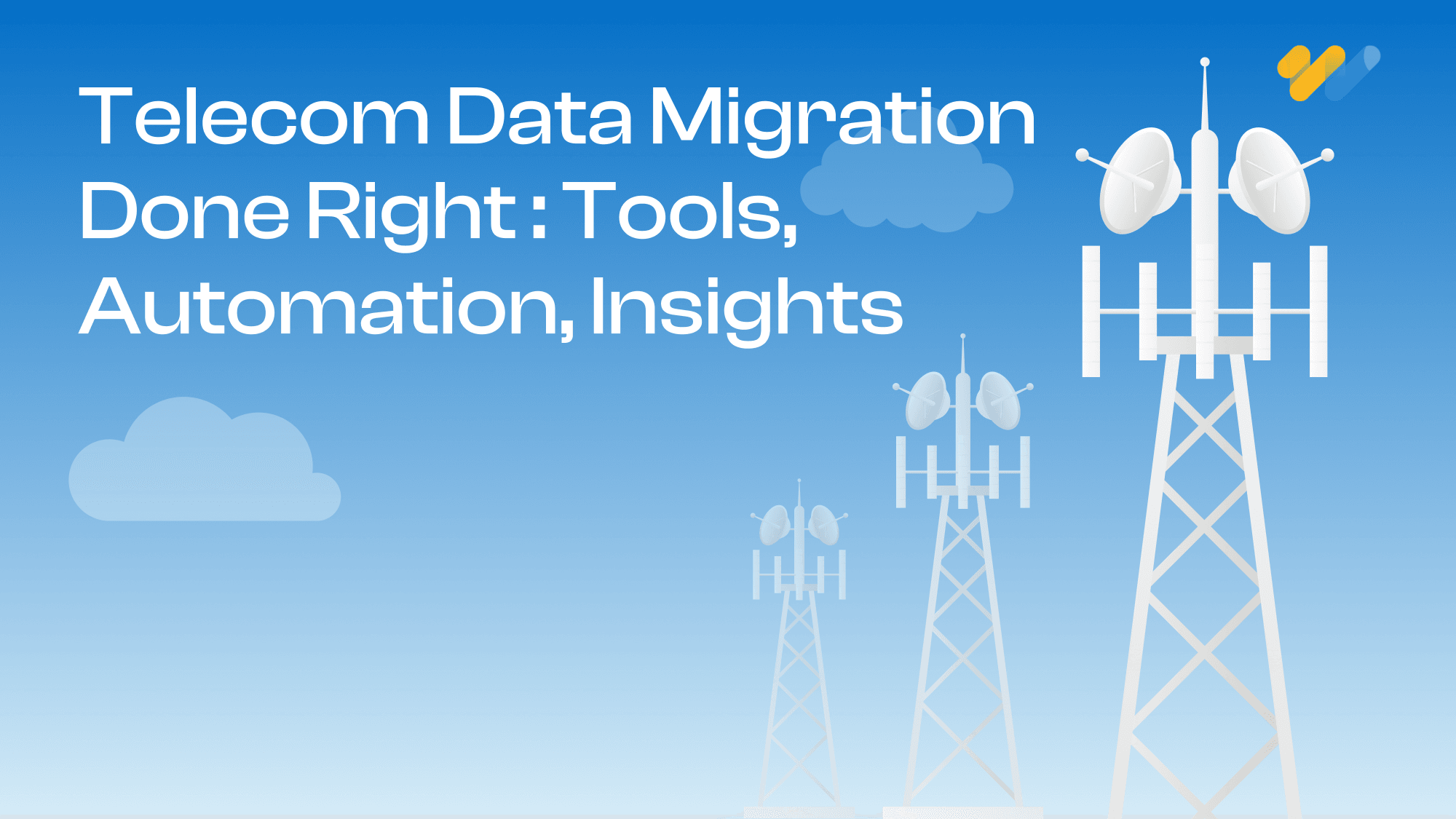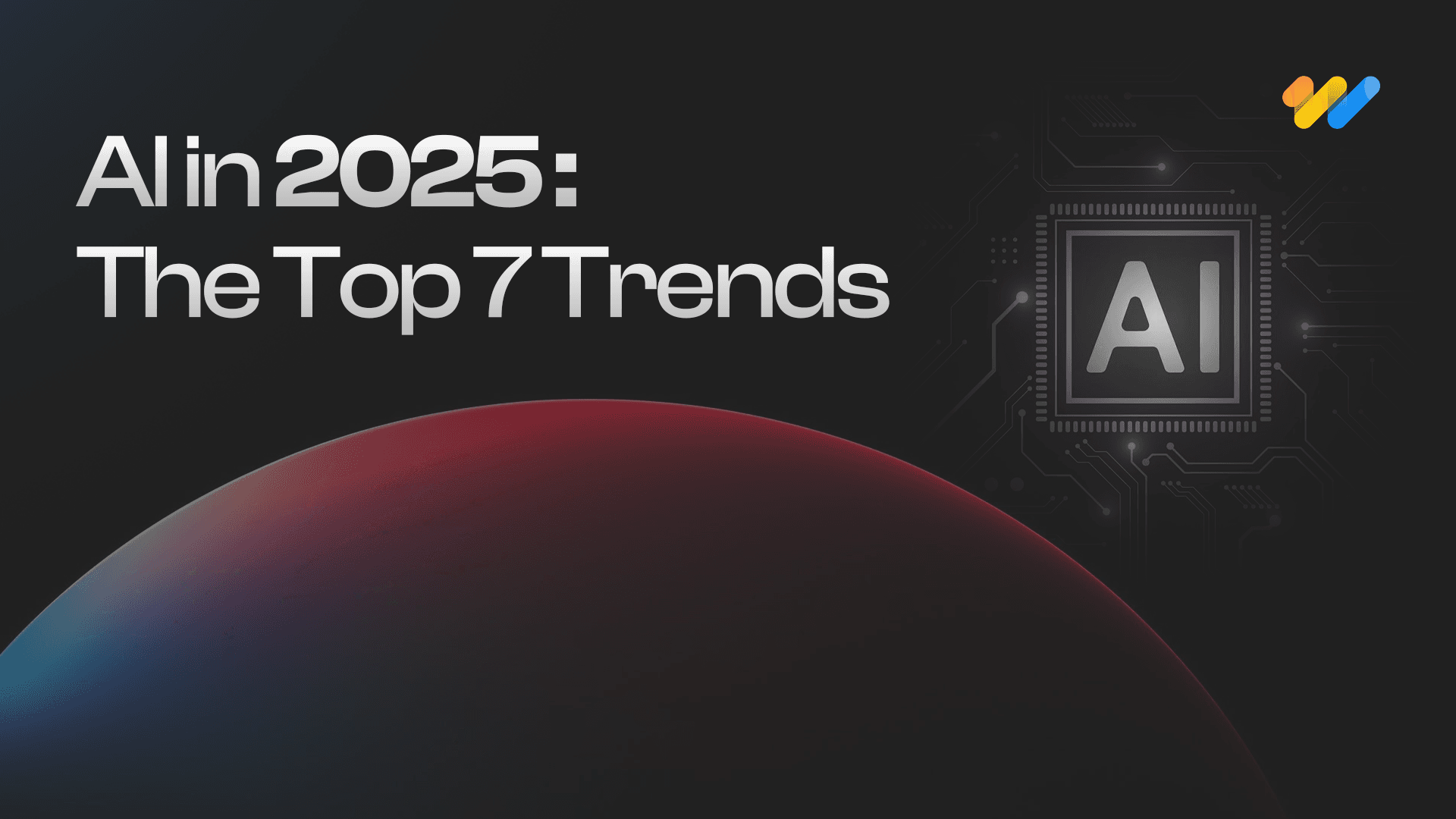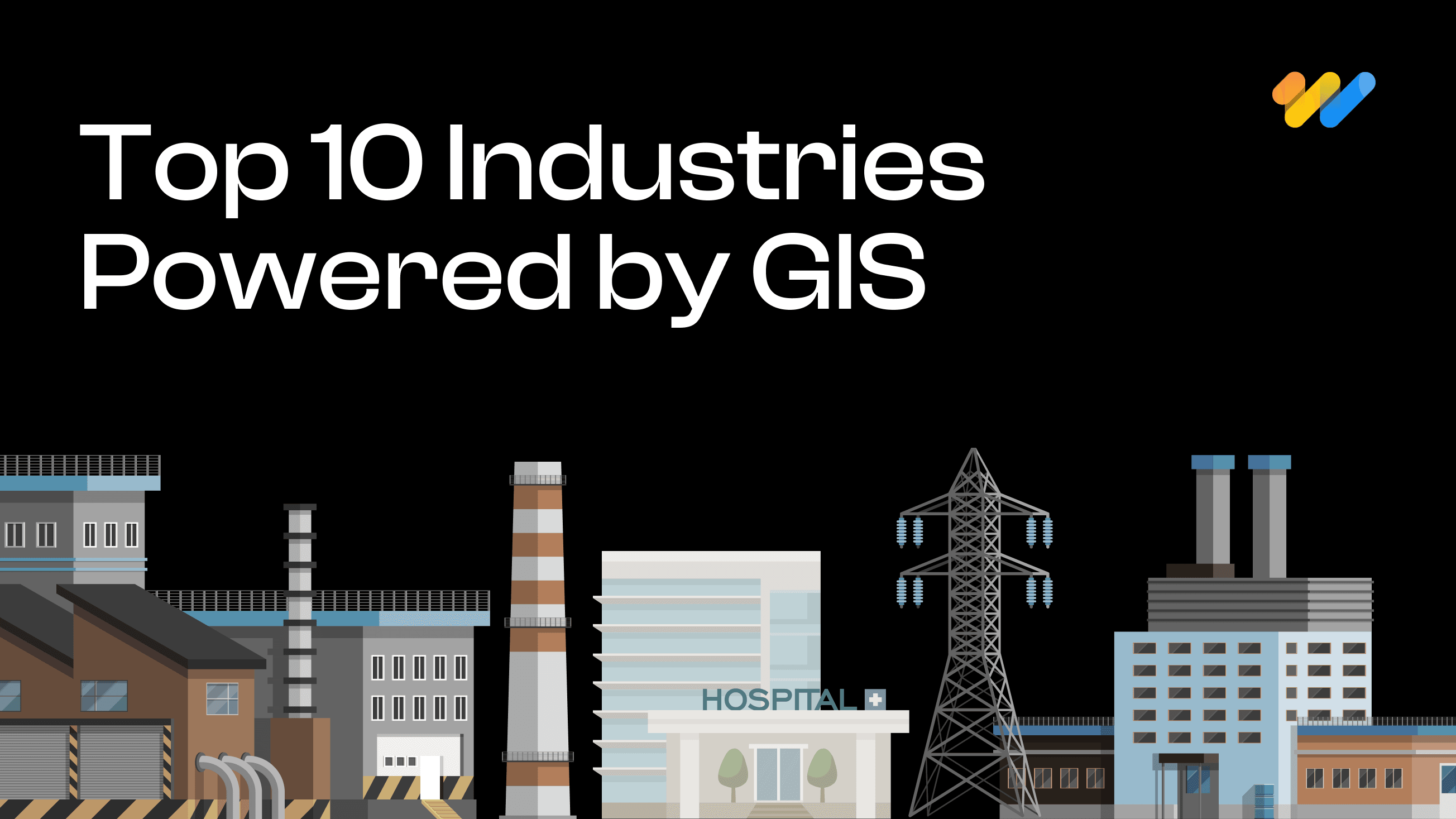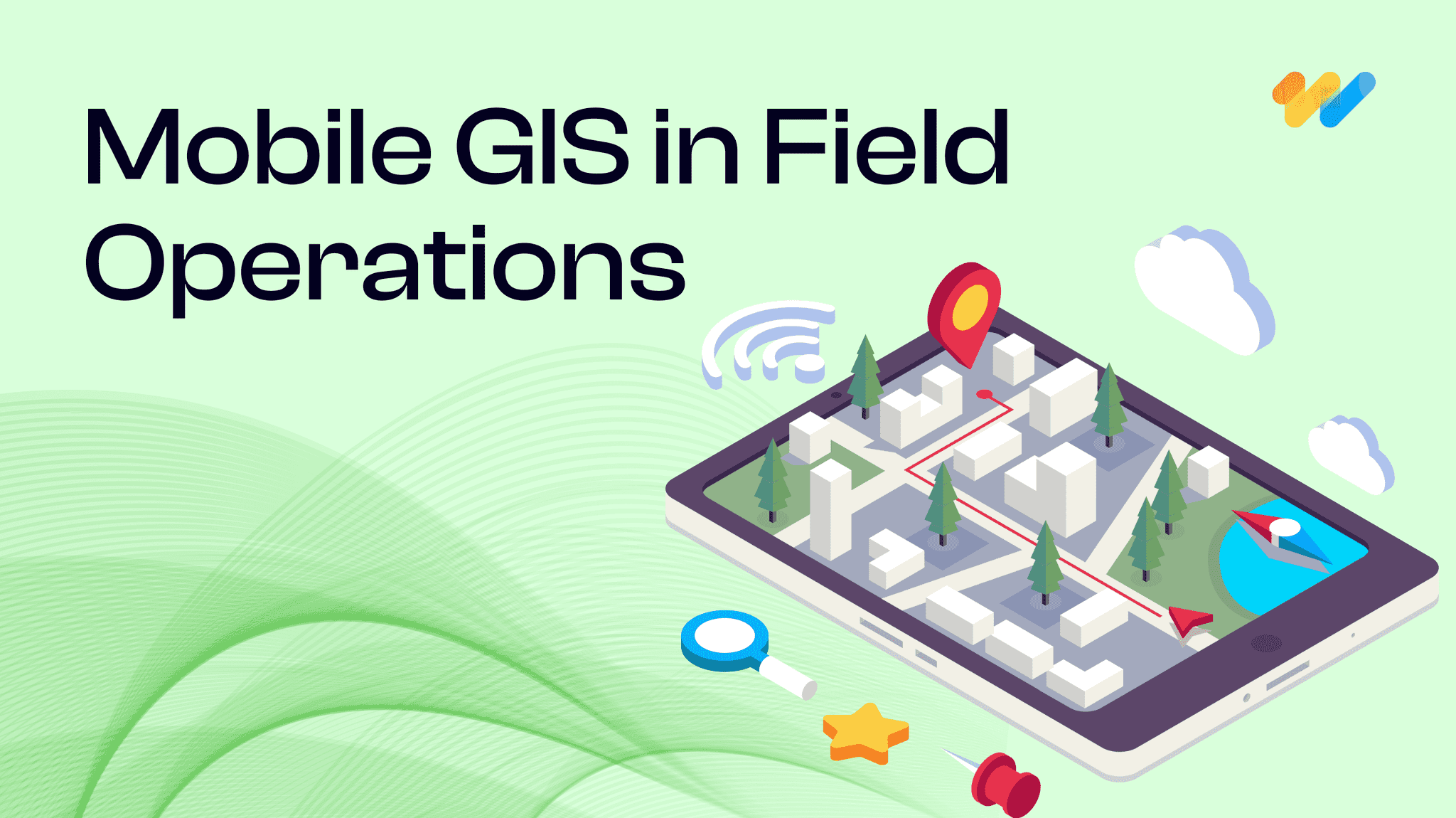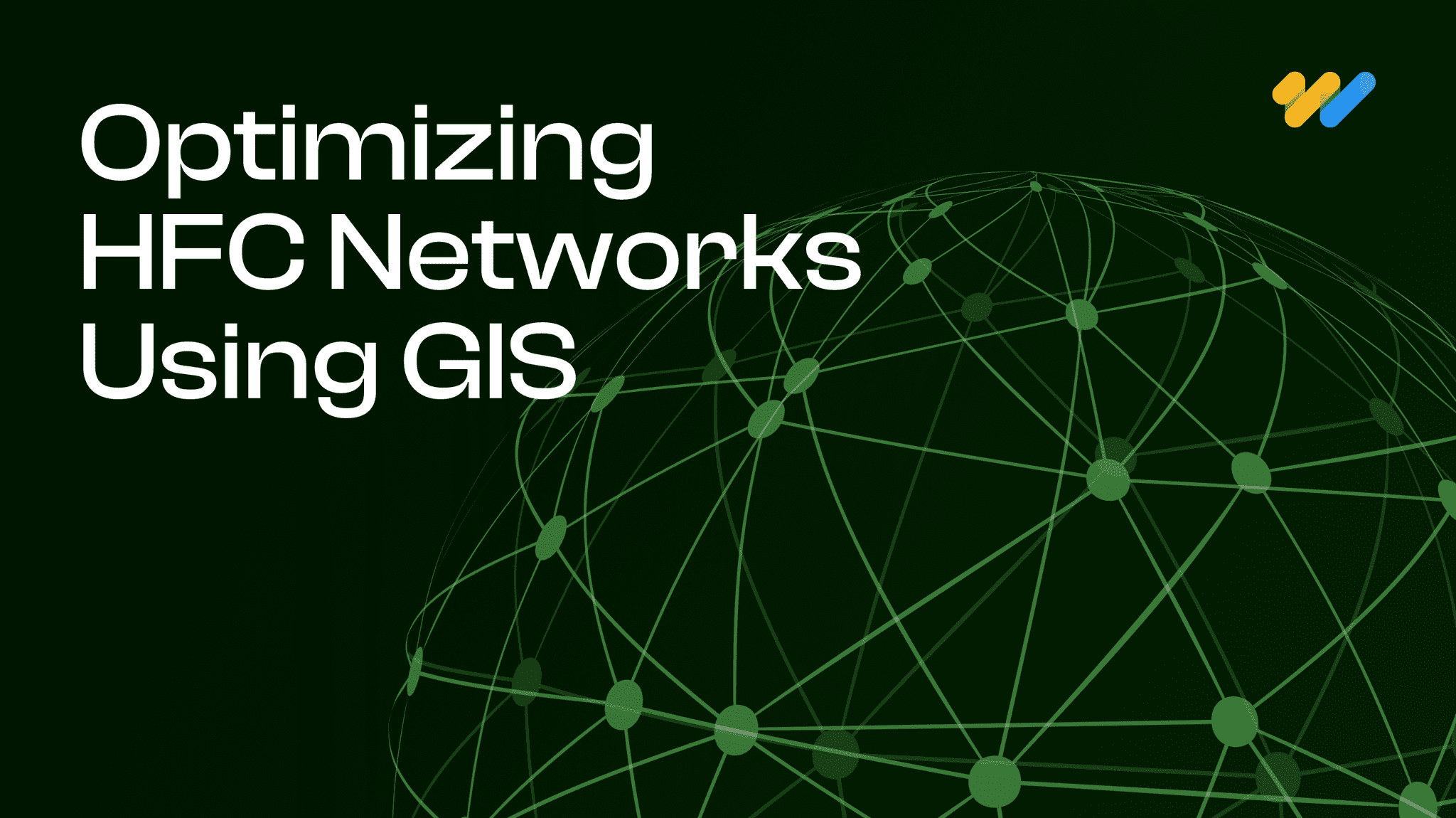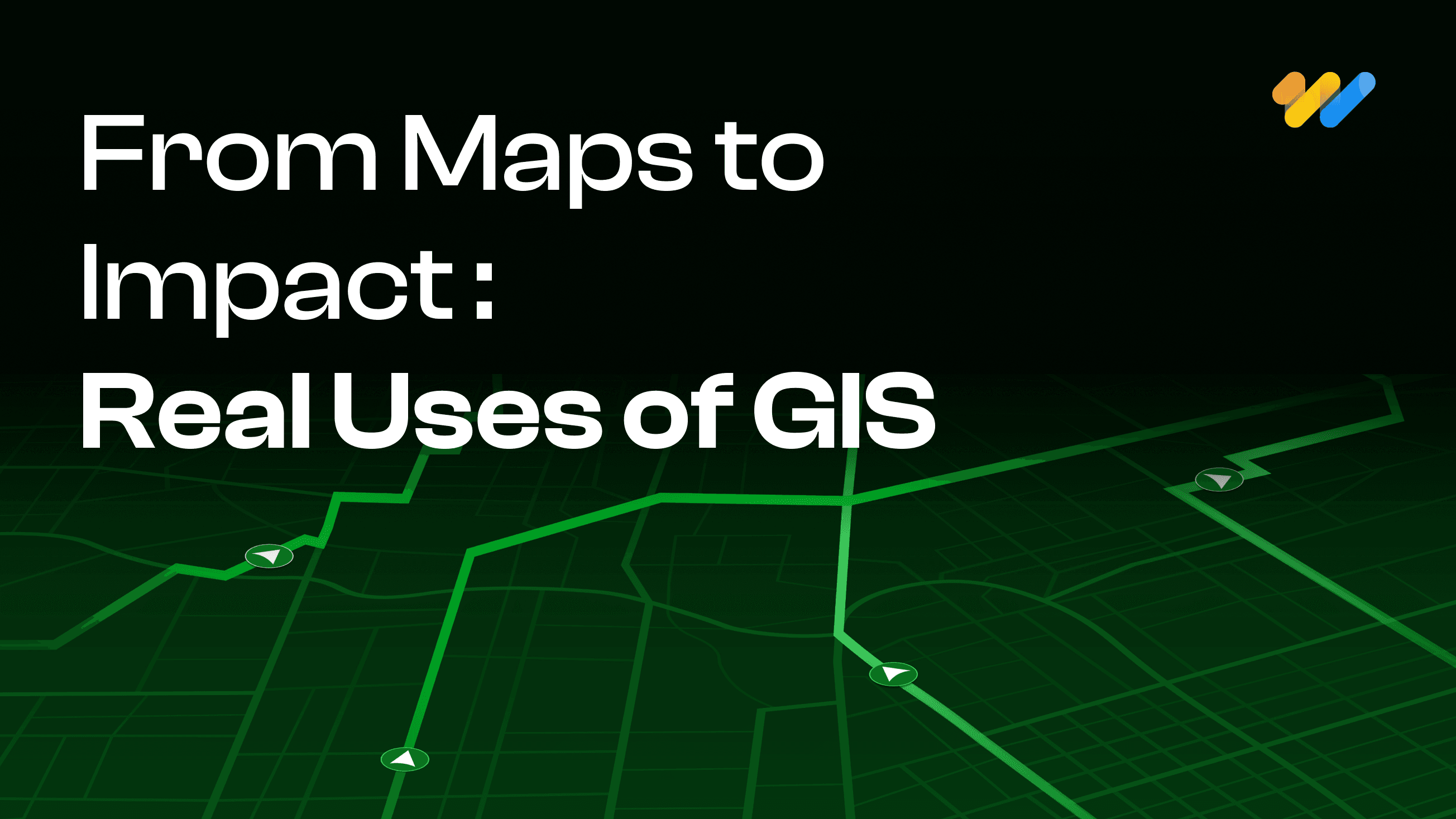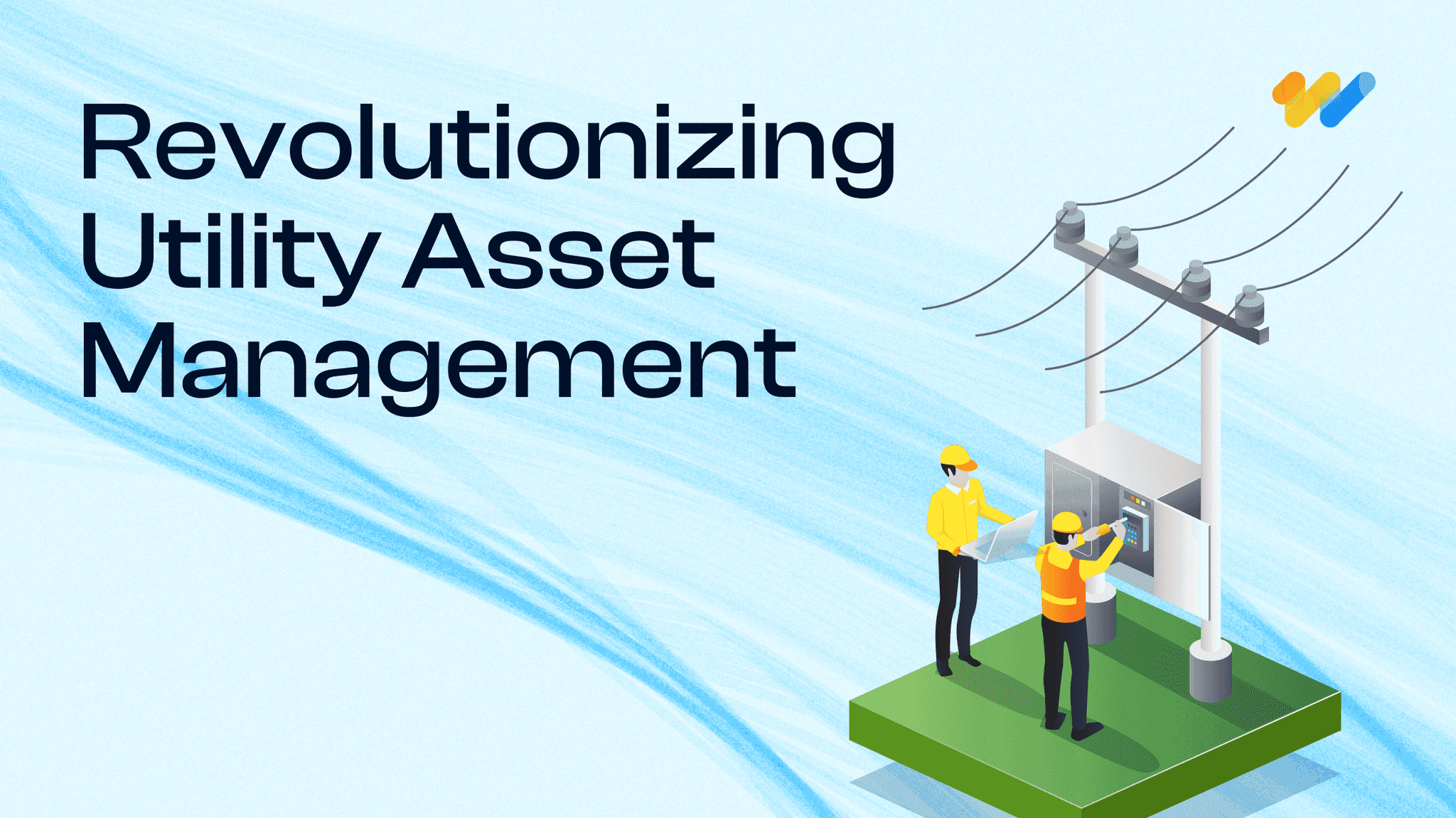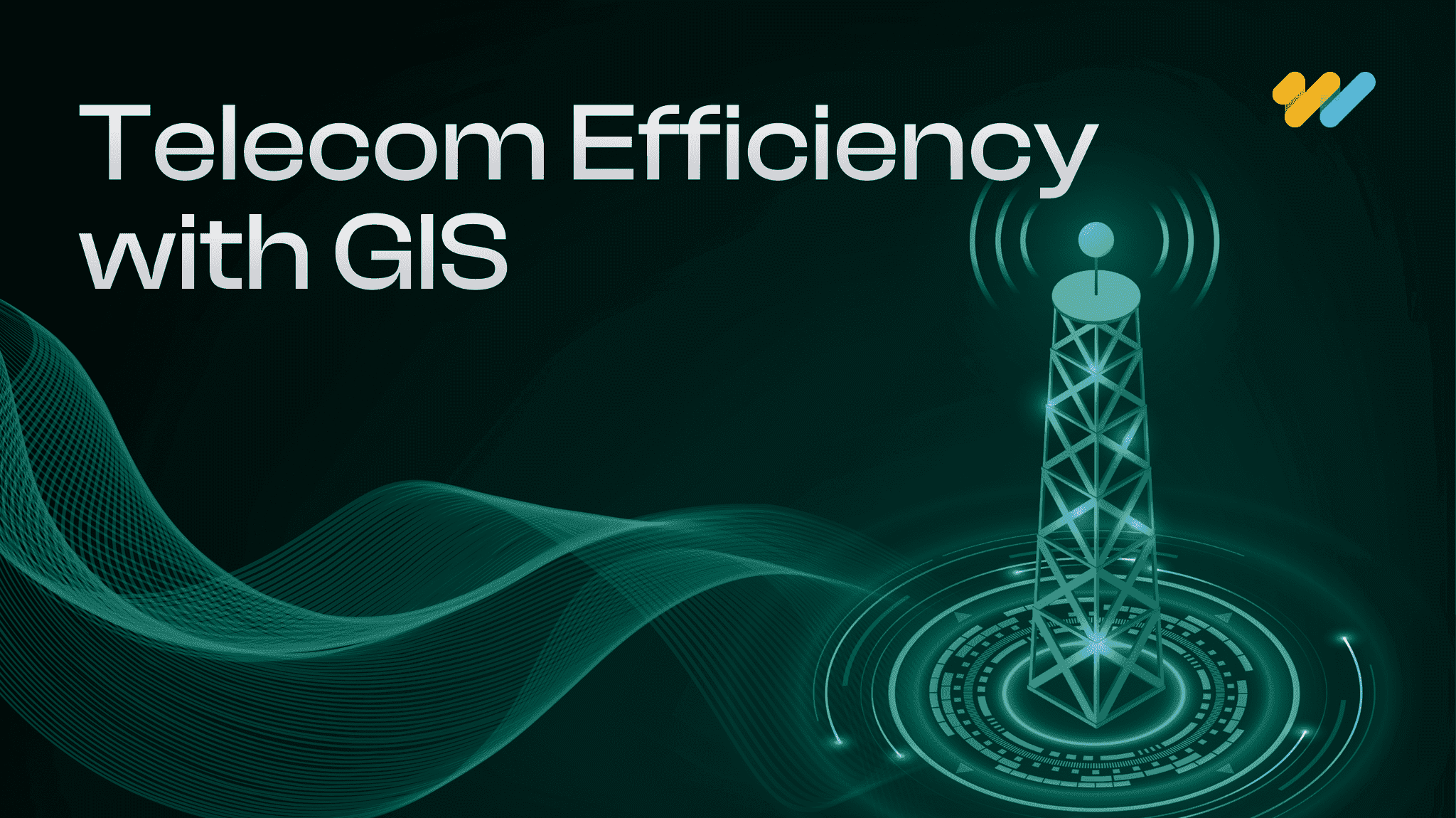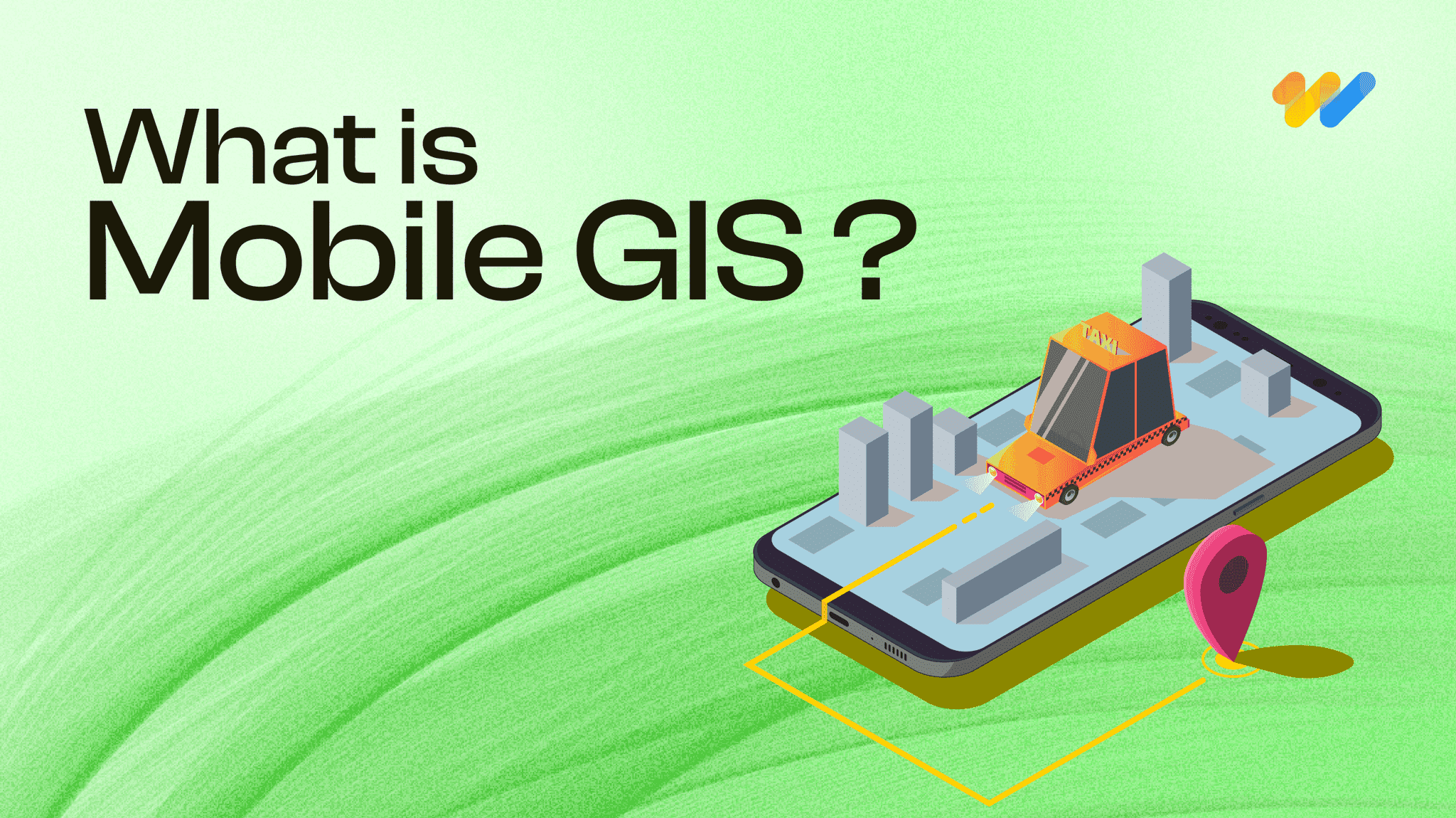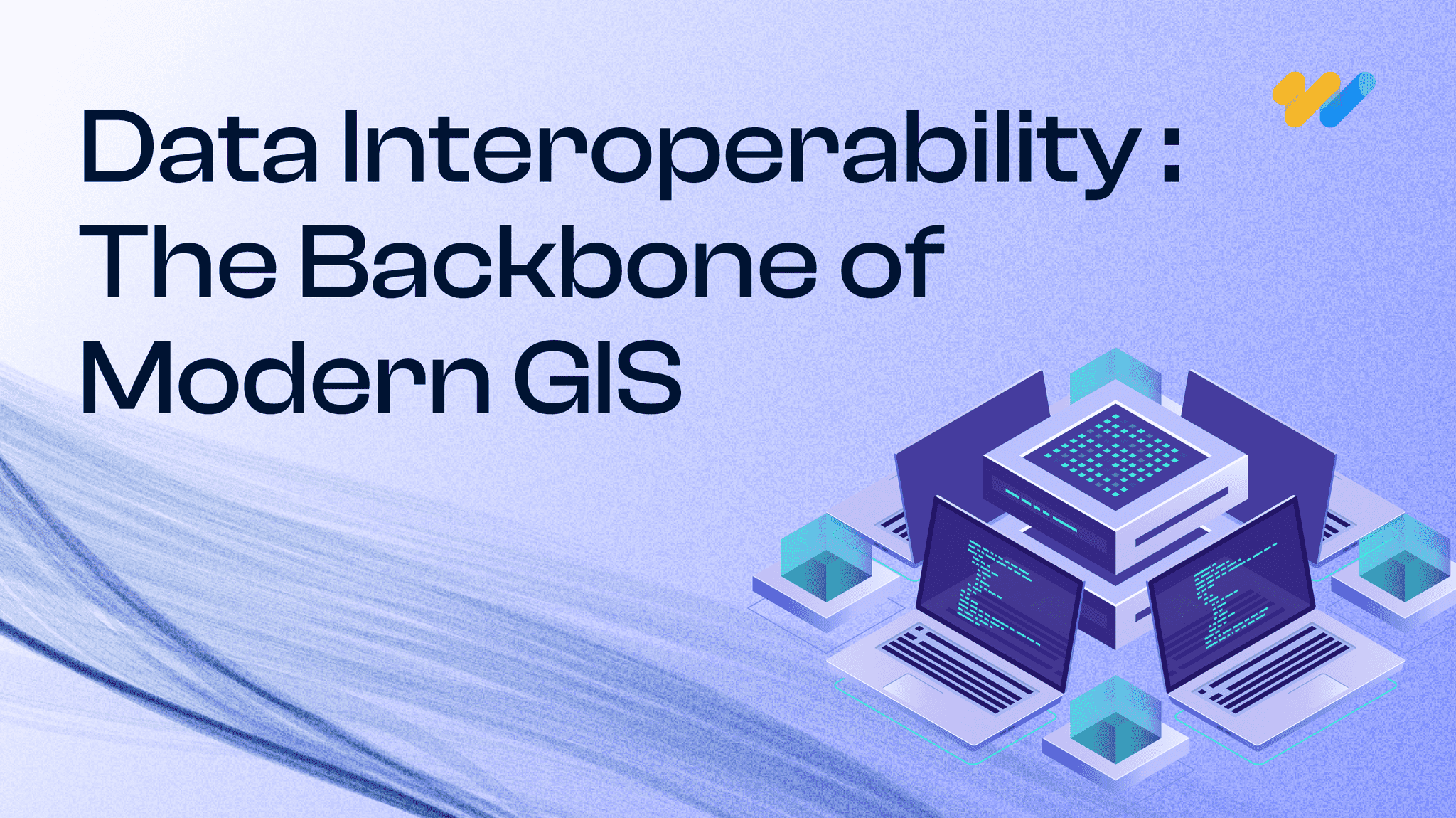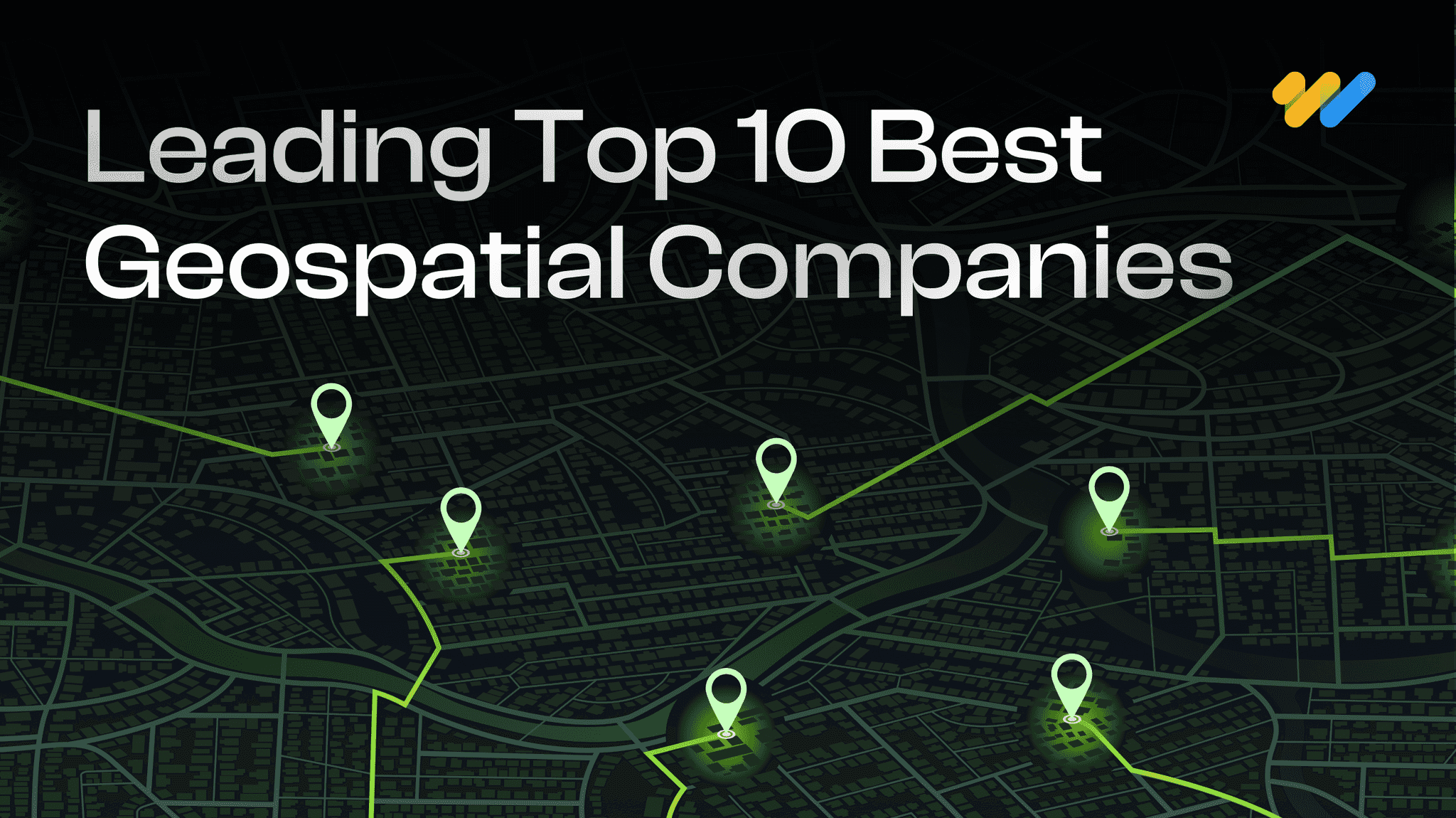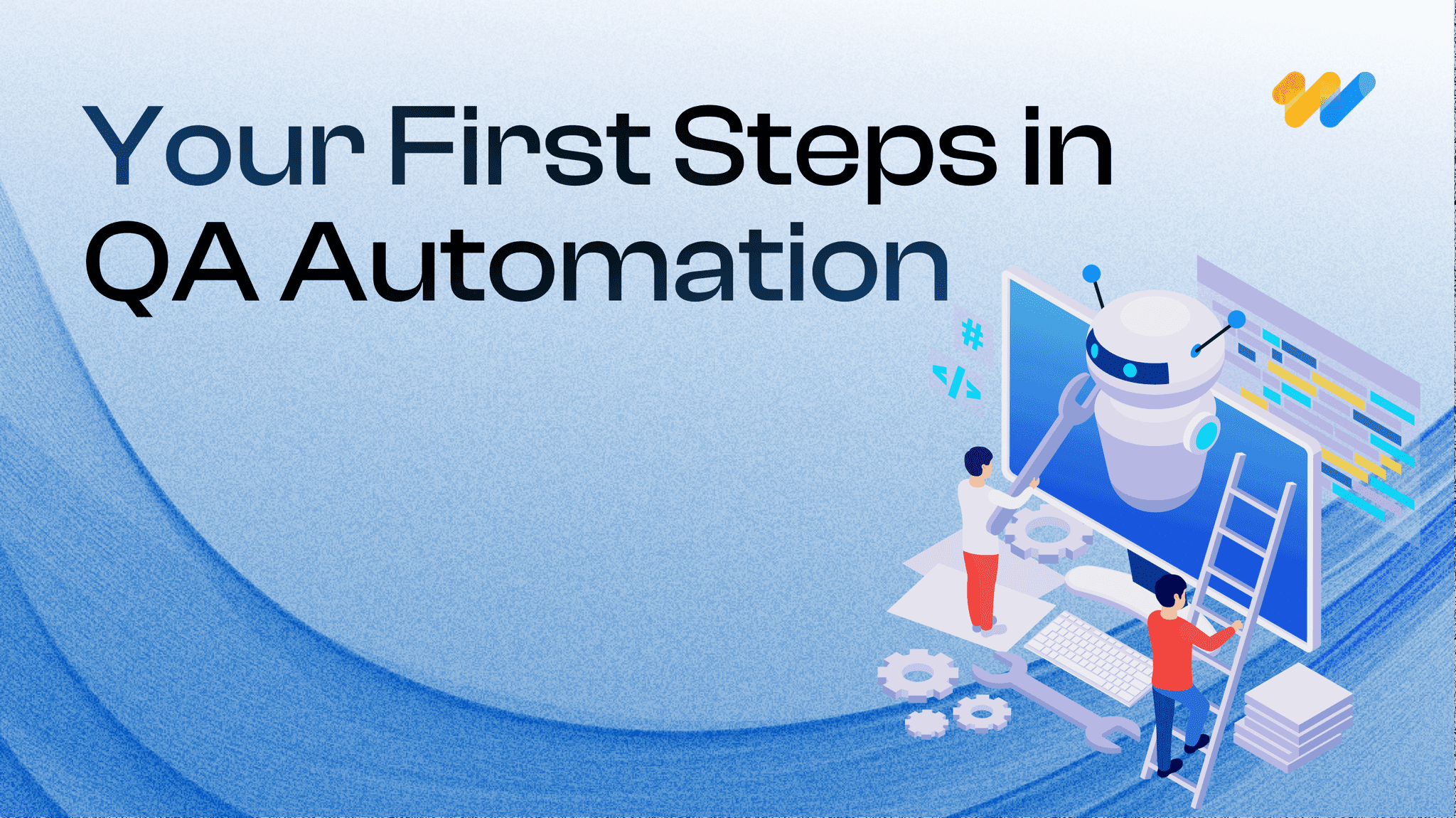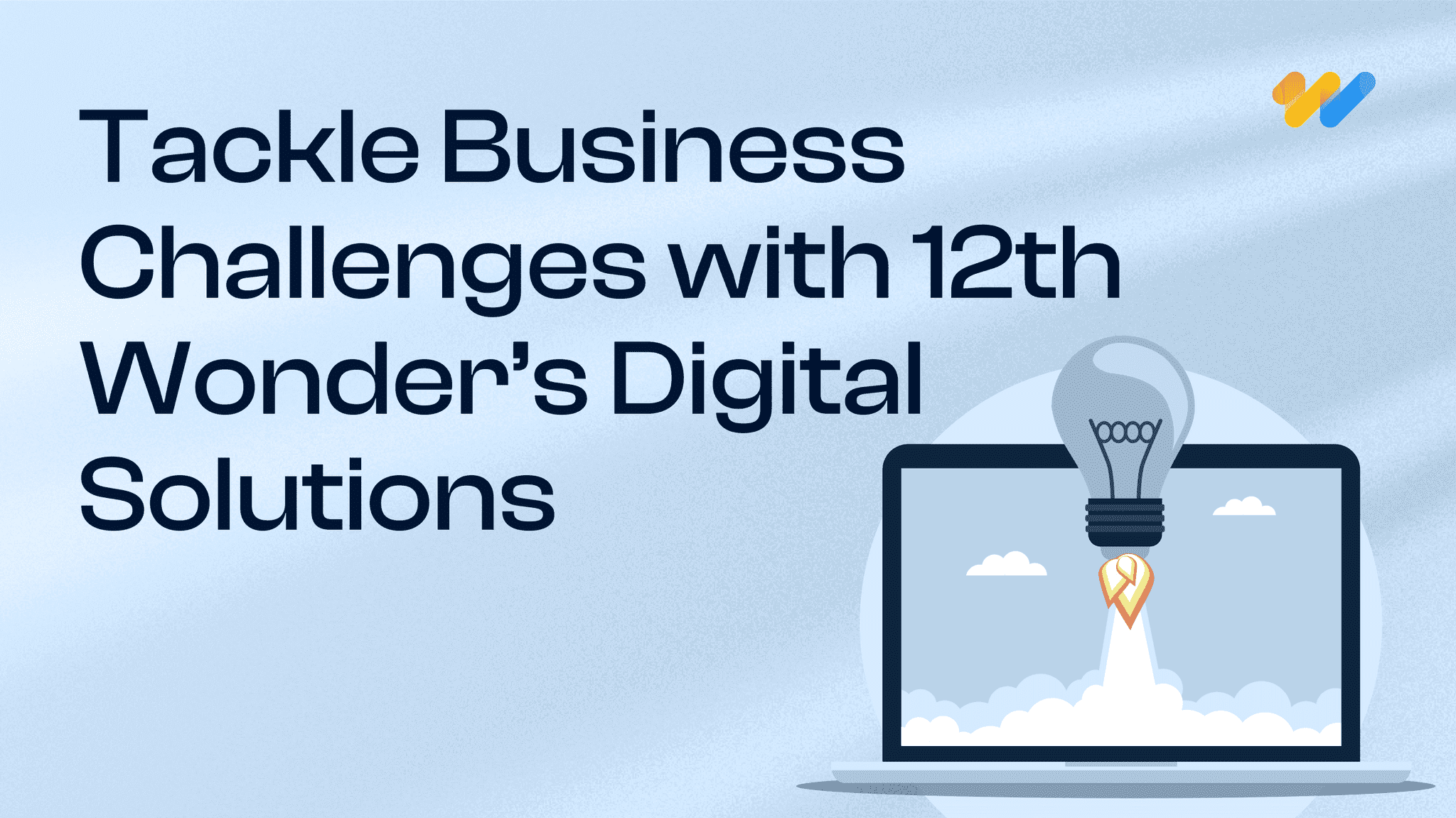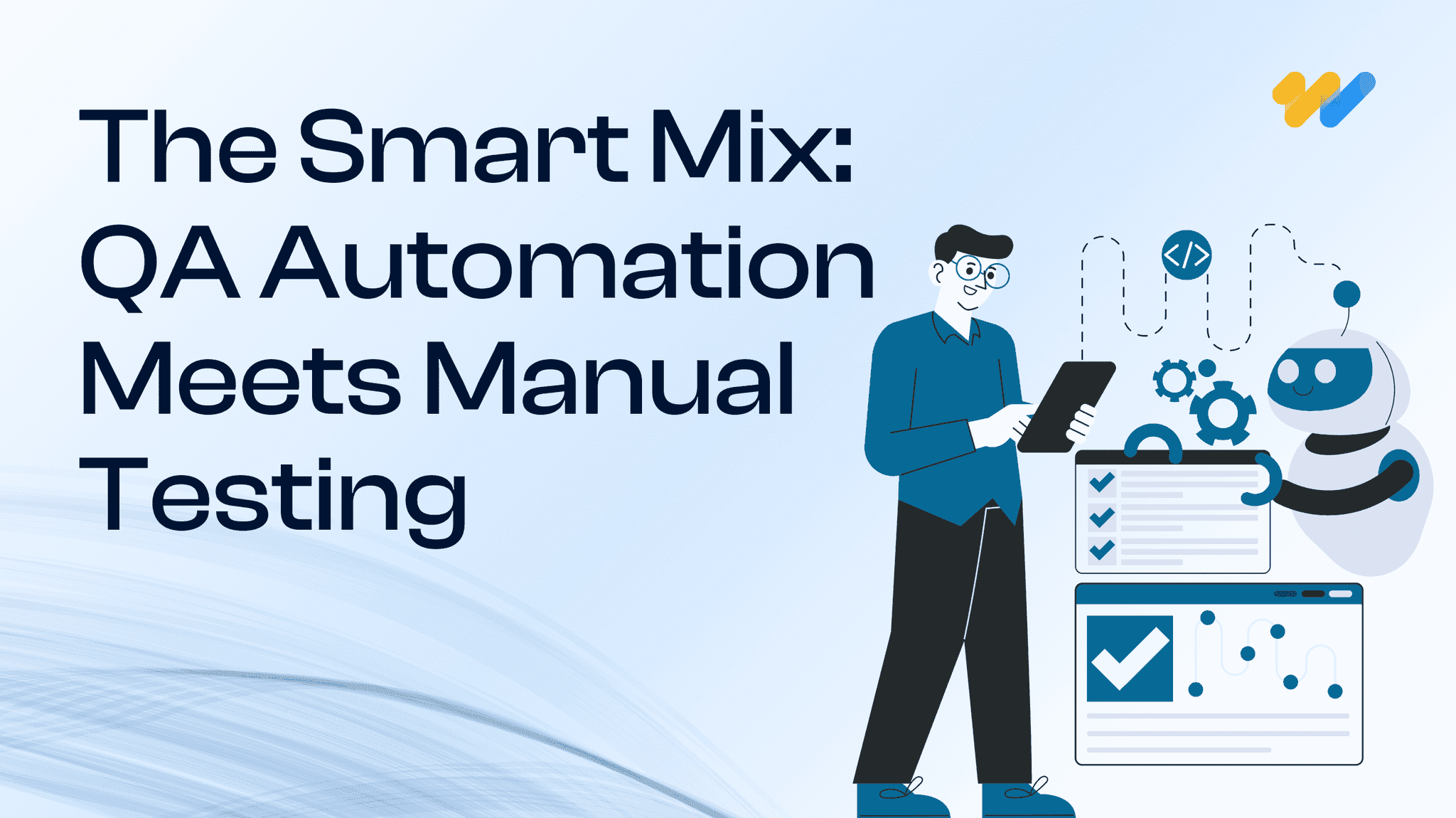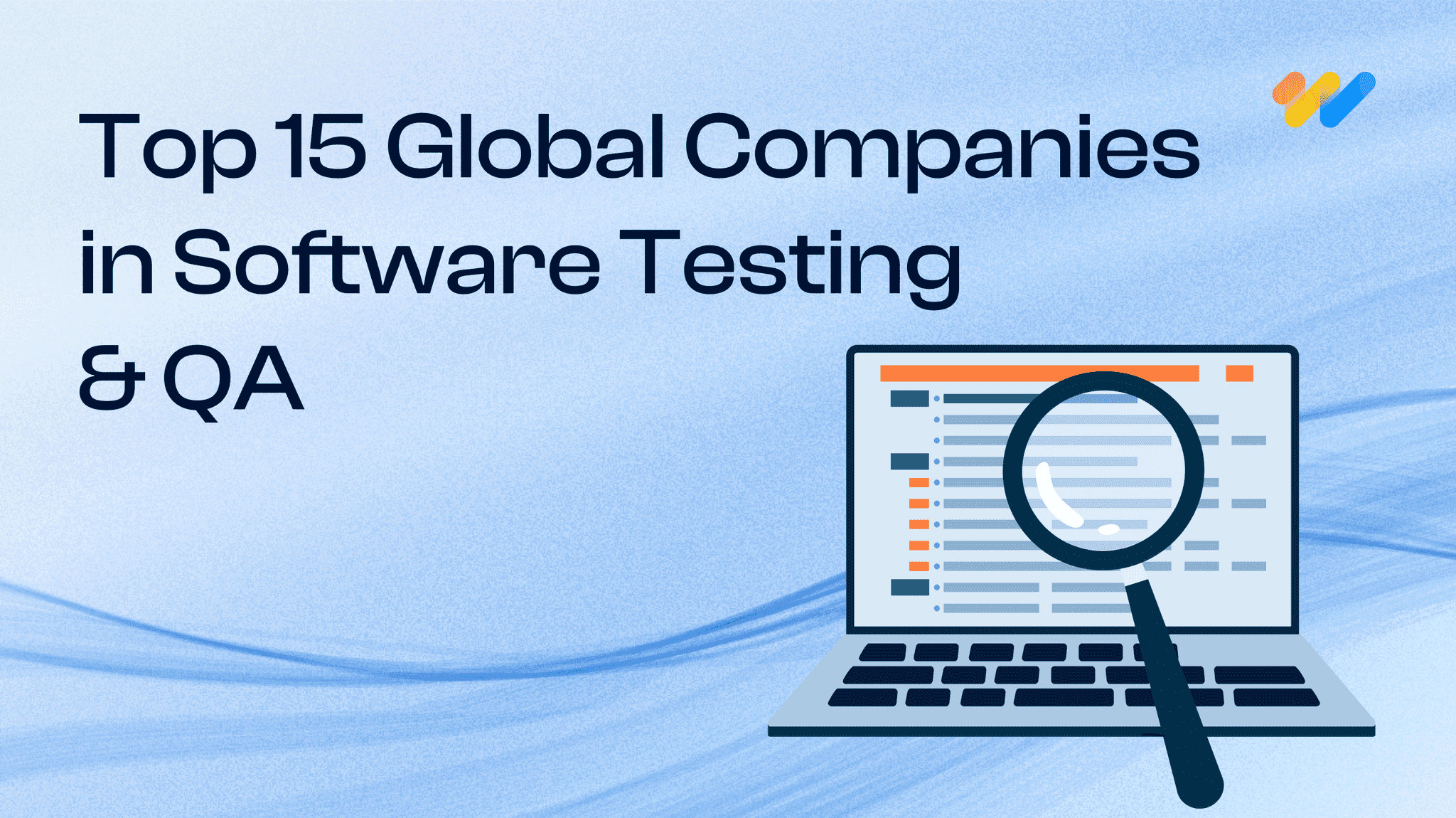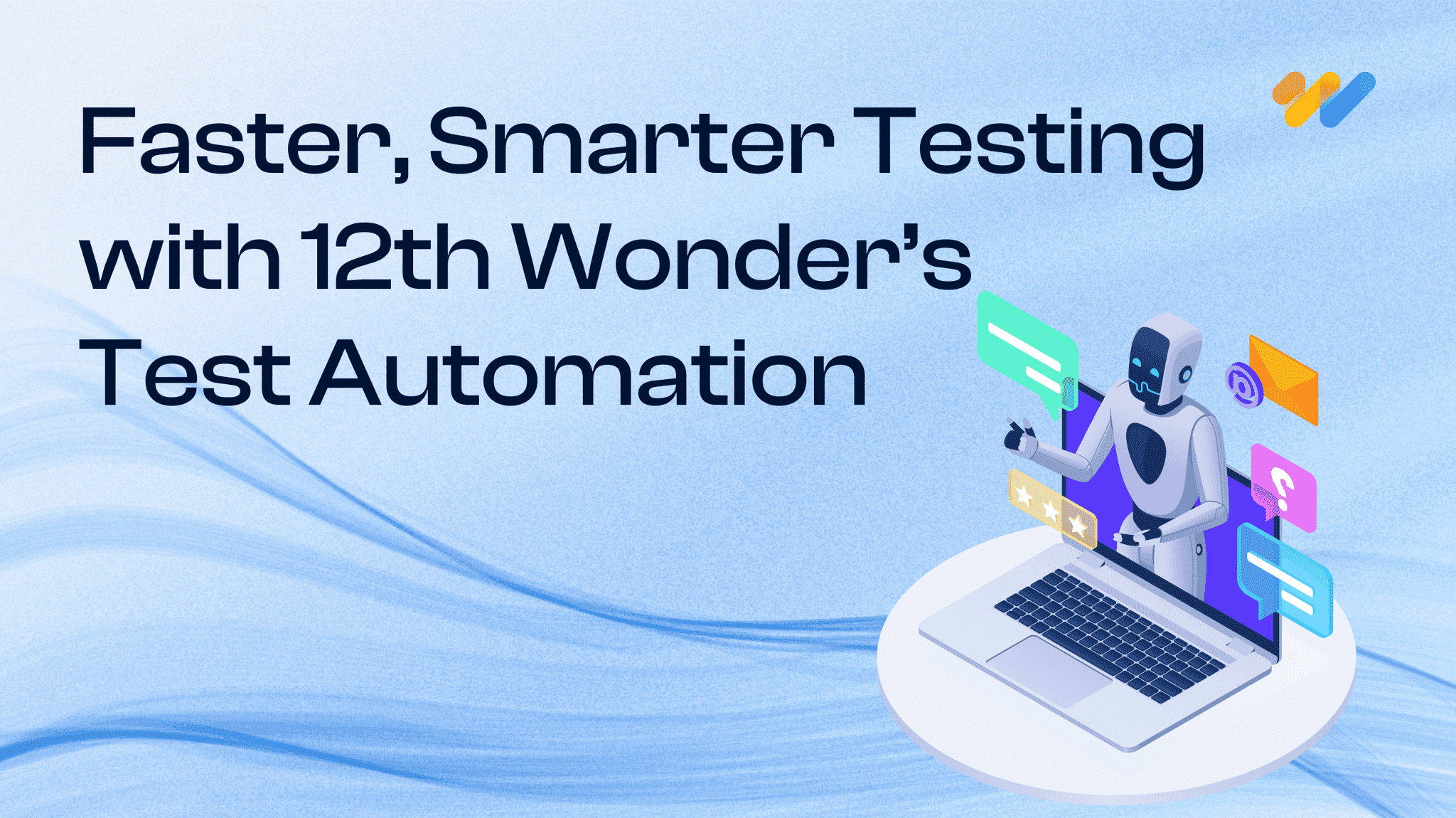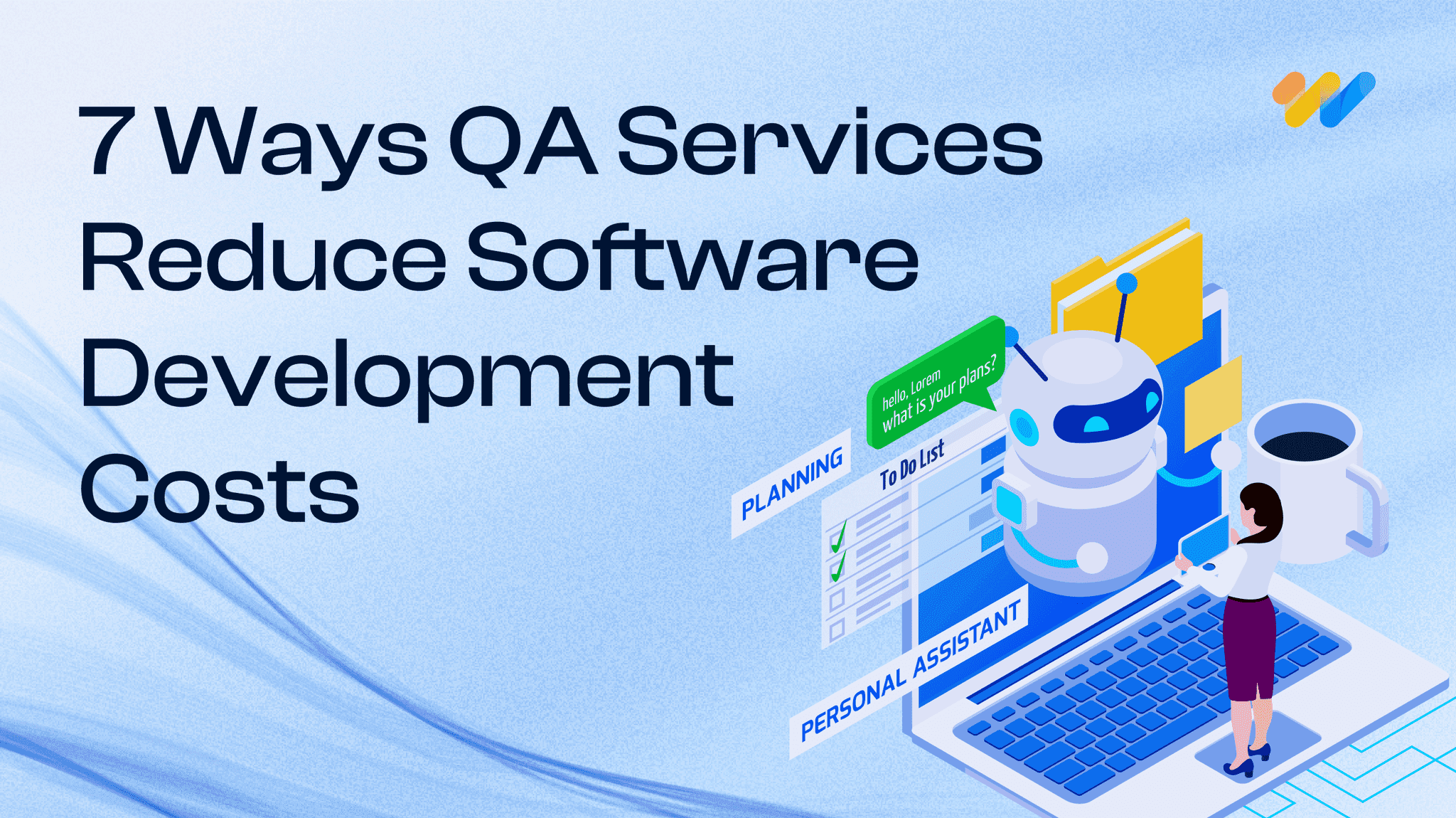Emerging trends in GIS: Navigating the geospatial landscape
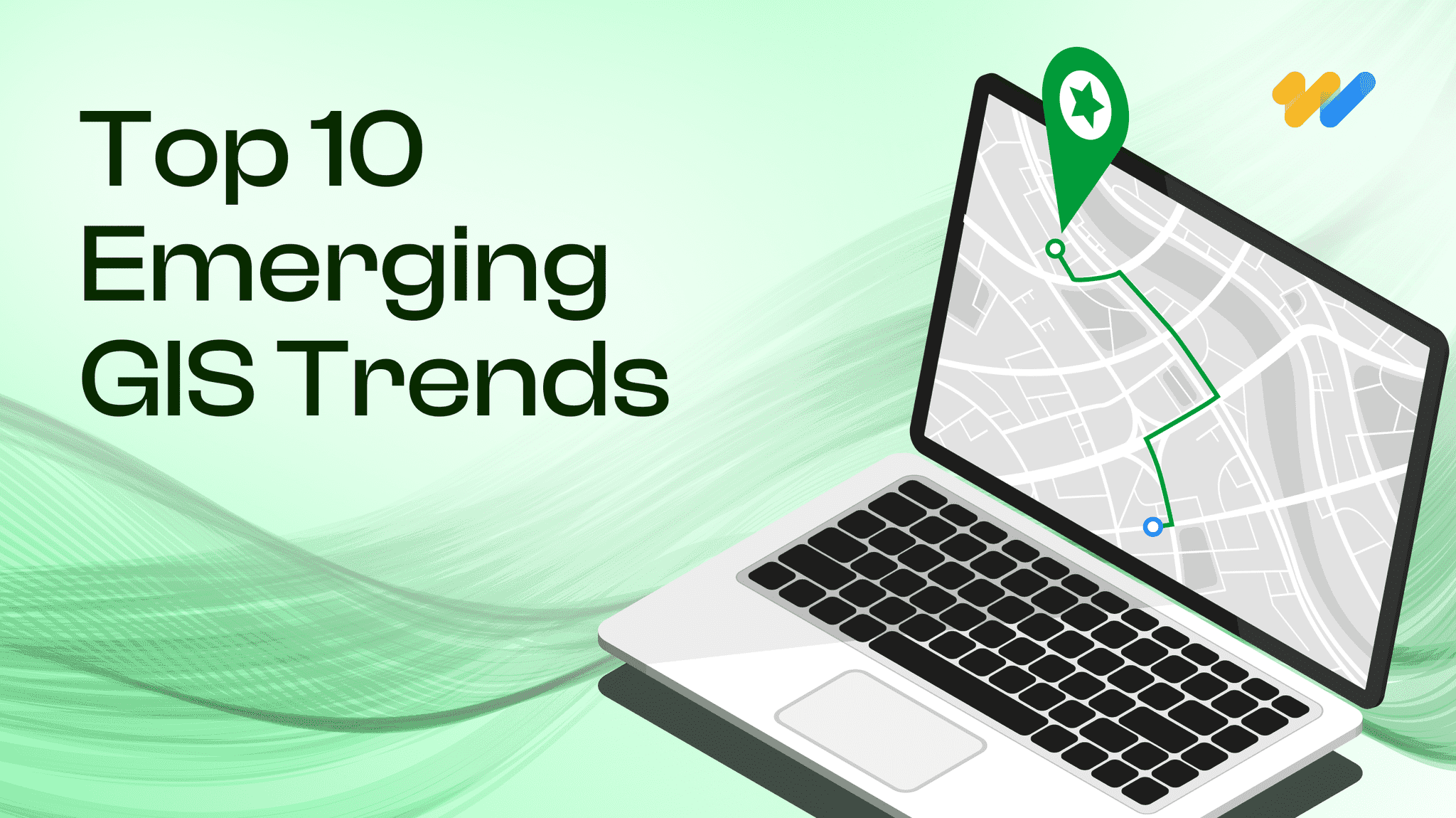
GIS or Geographical information systems has helped turn maps into advanced tools for problem-solving. GIS has evolved into a system that combines physical, societal and economic geographies giving us a wealth of information to solve some of the most complex and pressing problems of our time. From urban planning and environmental monitoring to logistics and self-driving cars, GIS is becoming an essential tool for understanding and interacting with the world around us. In this article, we are discussing some of the emerging trends in GIS that revolutionize how we collect, analyze, visualize, and utilize spatial data.
Key drivers of growth of GIS technology
Organizations worldwide have adopted GIS practices to develop infrastructure and influence socio-economic dynamics The rapid growth of GIS can be attributed to various technological, social, and business factors. These key drivers also contribute to the emerging trends and developments shaping the future of GIS.
- Data
The exponential growth in new data sources has given GIS systems access to a growing volume of rich and diverse data sets. With more democratized data collection methods like conversion of non-spatial data, crowdsourcing and advanced data processing methods available to integrate and analyze geospatial data, GIS is becoming more accessible and widely used across industries. - Technology
The rapid pace of digital transformation has helped GIS to become a powerful tool in location intelligence. New developments in technology such as ubiquitous wireless connectivity, sensor miniaturization, edge computing, digital twins, advanced AI/ML algorithms and AR/VR are revolutionizing GIS technology, driving the growth of GIS-based solutions. - Evolving user demands
The changing customer demands for products and services with increasing urbanization; such as real-time information, faster issue resolution, and smart cities have driven the need for seamless indoor and outdoor mapping requirements making GIS valuable for industries. - Industry shift
The acceleration of technological developments has driven the importance of interdisciplinary skillset needed for GIS such as data science and analytics, computer science, and data visualization. The increasing level of automation and changing workforce requirements are also driving this massive structural shift. GIS technology is now used for a variety of applications including using remote sensing for identifying lithium-based deposits and finding affordable land and homes for people with low-mid income to apps built to enhance the safety of women by governments across globe - Legal and policy developments
The ever-increasing generation and use of geospatial data also raises concerns about digital ethics, responsible data use, privacy, and cybersecurity. The government policies and plans for geospatial data collection and usage will decide the benefits that geospatial information can deliver. Revised geospatial policies are essential for facilitating data exchange among different government and private organizations and avoiding redundancy in data generation for various industry needs.
10 emerging trends in GIS technology
- Real-time GIS
Real-time GIS involves capturing and analyzing data as it happens by leveraging sensors, IoT devices, streaming data sources and extensive cloud-based data processing. The Internet of Things (IoT) is creating an interconnected world with sensors collecting real-time location-based data. GIS platforms combine this real-time sensor data with contextual information from spatial datasets. This real-time data stream allows for dynamic visualization and analysis, enabling proactive decision-making in areas like traffic management, environmental monitoring, and disaster response. - 3D mapping, visualization and analysis
Advances in LiDAR (Light Detection and Ranging) technology allow us to create high-resolution 3D models of landscapes, buildings, and infrastructure. These models enhance urban planning, disaster response, and even gaming experiences. While 3D visualization has been a mainstay in GIS technology, the ability to perform true 3D analysis is a game-changer. Tools like ArcGIS Pro’s 3D functionalities allow you to analyze not just terrain, but also model diverse data sets like population distribution, water quality, or crime rates in 3D. LiDAR facilitates the acquisition and processing of data over large-scale areas, particularly for infrastructure and other base layers. - Digital Twins:
Digital twins are virtual representations or replicas of the physical world. These digital twins, integrated with real-time sensor data, provide a powerful tool for simulating scenarios, optimizing operations, and facilitating preventative maintenance across industries. A digital twin allows users to gain an in-depth view of assets, optimizing space utilization, enhancing revenue models and ensuring proper fire exit routes. - AI/ML models fueling advanced processing
Machine learning algorithms are transforming GIS workflows by enabling advanced analysis and automating complex tasks such as feature extraction, object detection, and classification of geographic data. As the AI race gives rise to more powerful models with accelerated data processing capabilities, industries will be able to derive valuable insights from spatial information with enhanced efficiency and accuracy.
GIS platforms allow seamless integration with machine learning libraries, enabling predictive analytics and pattern recognition advancements in environmental monitoring, urban planning, agriculture, and disaster management. As AI/ML takes center stage, the focus of GIS professionals will shift from data gathering and processing to data management, interpretation, and decision-making.
For instance, by analyzing historical traffic patterns and real-time sensor data, urban planners can develop intelligent transportation systems that reduce congestion and improve traffic flow. - Automation: Streamlining workflows
Automation is playing an increasingly important role in improving the efficiency of geospatial systems. Repetitive tasks like data cleaning and analysis are being automated through machine learning algorithms and scripting tools. This frees up GIS professionals to focus on more strategic tasks that require human expertise and creativity. Additionally, the integration of GIS technologywith other business intelligence (BI) tools is streamlining workflows and facilitating data-driven decision-making across organizations. - Getting an edge with location Intelligence
With billions of sensors and smart devices out there generating massive amounts of location-based data, businesses are recognizing the power of location intelligence. By analyzing geographic data, organizations can make informed decisions about everything from site selection and logistics to marketing and risk management. For instance, location-based marketing and advertising will allow businesses to personalize and target advertising campaigns based on individual location data for improved customer engagement. The rise of location-based services is revolutionizing user experiences, and the increasing popularity of location intelligence is expected to increase the adoption of GIS tools in retail, logistics, and marketing.
Advancement in infrastructure powering GIS technology
The development of cutting-edge tech infrastructure has revolutionized data collection, storage, processing, and management powering up the capabilities of geospatial systems. Some of the major ones are:
» Edge computing: The distributed computing paradigm brings processing and storage closer to data sources, crucial for real-time geospatial applications. Edge computing reduces latency, improves performance, and lowers data storage/transmission costs.
» 5G and beyond: Next-generation mobile networks with faster speeds and lower latency enabling real-time AR applications for navigation and disaster monitoring. Future advancements like 6G promise even more innovation.
» Cloud-based Solutions and data Standards: Cloud platforms offer scalability, flexibility, and cost-effectiveness for geospatial solutions, fostering collaboration on projects. Cloud simplifies storage, sharing, and integrating data from diverse sources, essential for creating novel applications.
» Drones and UAVs: Increasingly popular for data collection especially in difficult-to-access areas due to lower costs and ease of use. Applications include 3D mapping, infrastructure inspection, and aerial imagery acquisition. - Enabling seamless experiences: BIM/CAD and GIS integration
The traditional siloed approach of BIM/CAD for interior spaces and GIS for exterior spaces is dissolving as users seek more seamless experiences. Tools like ESRI City Engine, ArcGIS Urban, and ArcGIS Indoors facilitate the creation of integrated databases and workflows encompassing both interior and exterior environments. For example, by integrating both outdoor and indoor data, you can create a comprehensive resiliency plan that incorporates not just the surrounding landscape but also the built environment (buildings, infrastructure, evacuation routes) within a single platform. - Citizen Science and Crowdsourcing: Collective Intelligence
The rise of citizen science initiatives is empowering the public to contribute to geospatial data collection. Crowdsourcing platforms allow individuals to share data points and observations, enriching existing datasets and fostering collaboration between researchers and the public. This collective intelligence approach holds immense potential for environmental monitoring, disaster response, and urban planning efforts.Open data initiatives like OpenStreetMap enable users to freely contribute and access geospatial data, allowing rapid updates and improvements. As organizations embrace open data, GIS technology becomes more democratic and accessible, empowering individuals and businesses to leverage diverse data sources. The increasing availability of moderate/high-resolution Earth Observation datasets revolutionizes research and development across sectors, from environmental monitoring to humanitarian aid, empowering informed decision-making with a richer information landscape. - Immersive experiences with AR/VR
Augmented Reality (AR) and Virtual Reality (VR) are poised to significantly impact how we interact with spatial data. AR overlays digital information onto the real world, allowing users to visualize data points and geospatial features in their immediate surroundings. VR creates an entirely immersive environment, enabling users to virtually explore and analyze spatial datasets. AR and VR have the potential to revolutionize how professionals across industries approach tasks like field data collection, urban planning, and disaster preparedness - Solving privacy and ethical concerns
As geospatial systems collect and analyze more personal data, questions about privacy and ethics come to the forefront. The increasing use of location-based services calls for clear guidelines and regulations regarding data ownership and usage. It is crucial to ensure that geospatial data is collected, stored, and used responsibly, respecting individual privacy rights. With GIS technology and applications becoming more sophisticated, businesses need to establish strong governance frameworks to ensure data quality, security, privacy, and ethical use. This includes prioritizing transparency, implementing robust data security measures, and following fair and ethical practices to prevent bias and promote inclusivity.
Future of GIS Systems
The importance and applications of geospatial data are growing powered by the emergence of vast data ecosystems, fast-paced technological advancements, and increasing user demands in a connected world. GIS systems are also evolving with advanced computational, visualization, and analytical capabilities opening up new avenues of location intelligence. These trends will make GIS technology more powerful, accessible, and integral to various fields such as urban planning, environmental management, disaster response, and business analytics.

